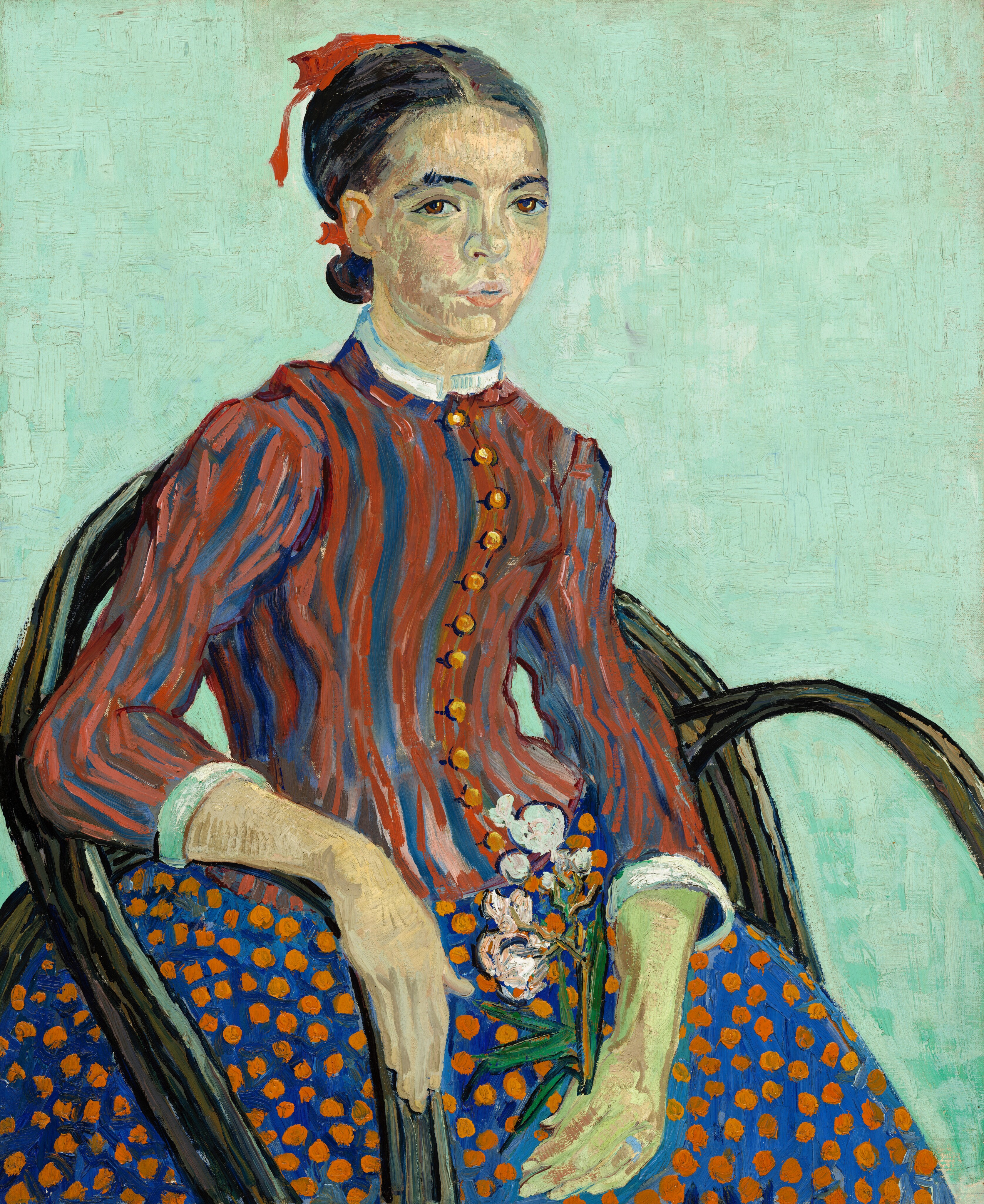Contemporaneo degli impressionisti, l'artista francese Henri Fantin-Latour si distinse per i suoi dipinti di fiori e per i ritratti di gruppo degli intellettuali parigini dell'epoca.
Figlio di Théodore Fantin-Latour, anch'egli artista, che lo iniziò all'arte della pittura, studiò all'École de Dessin di Parigi.
Tuttavia, trasse la sua vera formazione copiando le opere classiche dei Grandi Maestri del Museo del Louvre, in particolare Tiziano e Veronese.
Più tardi, nel 1861, fu per un certo periodo discepolo di Gustave Courbet, anche se il suo realismo intimo e discreto era molto diverso da quello del suo maestro e li fece ben presto separare.
Contemporaneo degli impressionisti, l'artista francese Henri Fantin-Latour si distinse per i suoi dipinti di fiori e per i ritratti di gruppo degli intellettuali parigini dell'epoca.
Figlio di Théodore Fantin-Latour, anch'egli artista, che lo iniziò all'arte della pittura, studiò all'École de Dessin di Parigi.
Tuttavia, trasse la sua vera formazione copiando le opere classiche dei Grandi Maestri del Museo del Louvre, in particolare Tiziano e Veronese.
Più tardi, nel 1861, fu per un certo periodo discepolo di Gustave Courbet, anche se il suo realismo intimo e discreto era molto diverso da quello del suo maestro e li fece ben presto separare.








